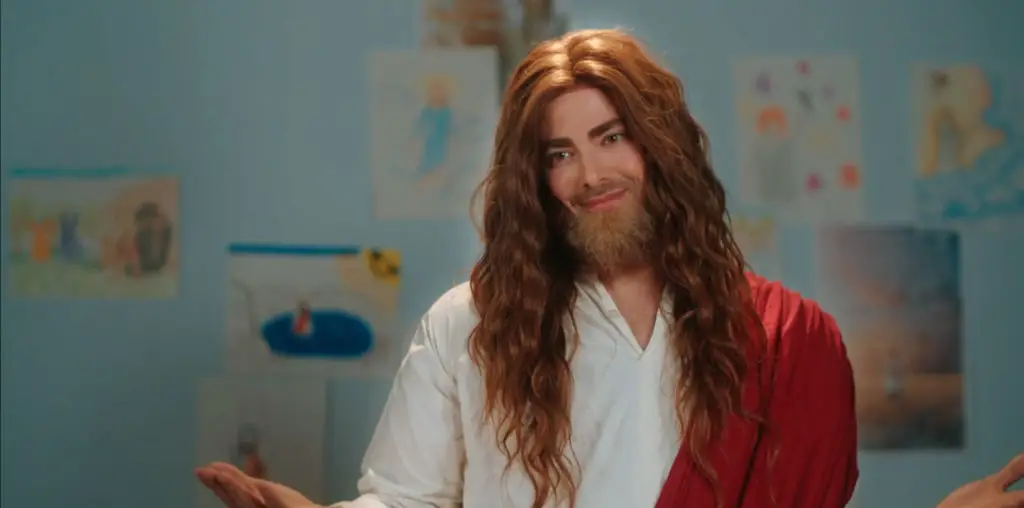
There’s an undeniable allure in cinema to characters that represent the antithesis of the cosmopolitan norm we frequently get in New York or Los Angeles-centric narratives. One only needs to imagine the plot of something like Fargo transplanted to New York to realize that regional specificity was integral to its overall success. Likewise, in director Shane Hagedorn’s mostly successful dramedy Best Years Gone, we’re treated to a story driven by characters that would sooner be cruising around a Wal-Mart in pajamas than camping out at a local Starbucks sipping a venti mocha latte – which is more than refreshing.
Gil Gilles (DJ Perry) is a lovable (though not by very many) loser. He lives in a run-down trailer riddled with junk, drinks way more than he should, and definitely could use a new wardrobe. That doesn’t stop him from dating Sylvia (Erika Hoveland), a single waitress clearly out of his league, but a woman that is also suffering from alcoholism and untold mental ailments. Unfortunately for Gil, her twin daughters and ruthless teenagers Peggy and Julie (real twins Tessa and Zoie Dye) can’t stand him and would love nothing more than to sabotage their relationship. As befits a relationship between two drunks, tragedy eventually strikes, and through a confluence of unfortunate events, Gil finds himself afoul of the law and pretty much everyone else in his rural Michigan town.

“…Peggy and Julie can’t stand him and would love nothing more than to sabotage their relationship.”
Best Years Gone is at its best when screenwriter Perry is given space to embody the humorous tendencies of Gil. The early segments of the film are full of snappy dialogue, mostly between Gil and the two teenagers. As a lighthearted comedy centered around a small family unit, Hagedron’s film brims with potential. The narrative eventually gets bogged down in grim pathos and ineffective subplots, making us miss the short-lived portions when Gil was just doing his best as a deadbeat stepdad. But even if the overall tonal discordance between the two halves is hard to reconcile, Gil is charismatic enough to elevate the material.
That Perry is so dialed into the comedic presence of his character is a testament to his capabilities as a dedicated actor and his intimate knowledge from writing Gil. As he calls people “nitwit ogres” and “White-Snake-Hood-Sliding-Hot,” it’s hard to parse that Gil’s outward appearance and penchant for idiotic decisions belies a man that actually has a big heart. Regardless of how much he screws things up, Gil ultimately just desires a quiet existence with the love of his life, Sylvia. Can they clean up their act enough to make this work?
This question is answered eventually, but as the audience, we remember the journey more than the destination. The second half of Best Years Gone is clumsy as we’re introduced to a family member in the form of an apparition and also a hulking enforcer of sorts. But it’s not enough to make us forget how deceptively charming the film is through most of its runtime. Gil might resemble your MAGA-loving uncle more closely than your typical comedy/action star, but there’s also no denying that we need more than the Ryan Reynolds and Dwayne Johnsons of the world.

"…Perry is so dialed into the comedic presence of his character..."


